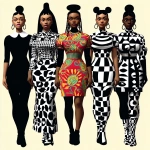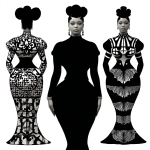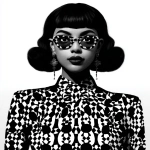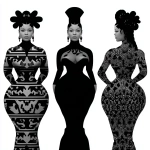Explore the Best AI Image Gallery

Blockchain in Finance: Reshaping the Creative Landscape
The world of finance is undergoing a rapid transformation, driven by the emergence of blockchain technology. While often associated with cryptocurrencies, blockchains decentralized and immutable nature holds immense potential for revolutionizing various industries, including the creative sector.
Potential Uses in the Creative Industry
Blockchain can empower creatives in several ways:
- Copyright Protection and Ownership: Blockchain provides a secure and transparent platform to register and verify ownership of digital assets, such as artwork, music, and literary works. This can help combat piracy and ensure fair compensation for creators.
- Direct Fan Engagement and Monetization: Artists can leverage blockchain-based platforms to connect directly with their fans, offering exclusive content, memberships, and tokenized rewards. This fosters a more equitable relationship between creators and their audience.
- Fractional Ownership of Assets: Blockchain enables the fractional ownership of valuable creative assets, such as limited edition prints or NFTs (Non-Fungible Tokens). This opens up investment opportunities for fans and collectors, while providing creators with new avenues for funding.
- Transparent Royalty Distribution: Smart contracts on blockchain can automate royalty payments to creators every time their work is used or sold. This eliminates intermediaries and ensures timely and accurate compensation.
Ethical Considerations
While the potential benefits are significant, its crucial to address the ethical implications of blockchain in the creative industry:
- Digital Divide and Accessibility: Blockchain technology requires technical expertise and access to resources. Its essential to ensure that all creators, regardless of their background or location, can benefit from its opportunities.
- Data Privacy and Security: Blockchain platforms collect vast amounts of user data. Robust security measures and transparent data governance policies are crucial to protect user privacy.
- Algorithmic Bias and Fairness: Smart contracts and algorithms used in blockchain applications can perpetuate existing biases if not carefully designed and monitored. Its important to promote fairness and inclusivity in the development and deployment of these technologies.
Future Trends
The intersection of blockchain and the creative industry is still evolving, with exciting trends on the horizon:
- Decentralized Creative Marketplaces: Blockchain-powered platforms will enable creators to connect directly with buyers and sell their work without intermediaries, fostering a more equitable and transparent marketplace. \n
- Immersive Experiences Powered by NFTs: NFTs can represent unique digital assets within virtual worlds and augmented reality experiences, creating new forms of creative expression and engagement.
- AI-Powered Content Creation and Ownership: Blockchain can help establish clear ownership and licensing agreements for AI-generated content, addressing the complex legal and ethical challenges surrounding this emerging field.
Conclusion
Blockchain technology has the potential to revolutionize the creative industry, empowering artists, fostering transparency, and creating new avenues for innovation. By embracing its possibilities while carefully navigating its ethical considerations, we can unlock a future where creativity flourishes in a decentralized and equitable world.
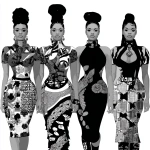


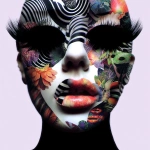
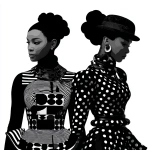
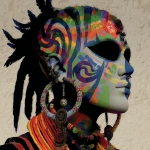
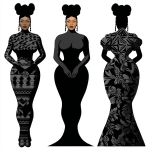



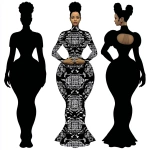


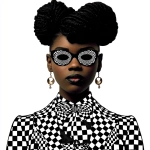
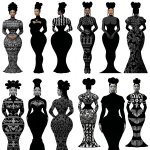
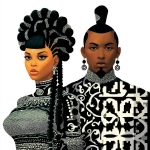

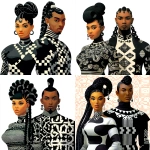


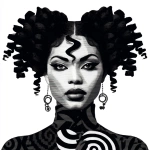



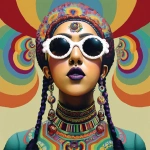
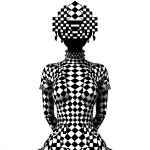
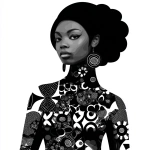
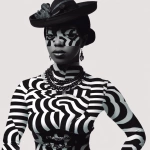



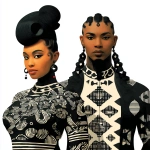

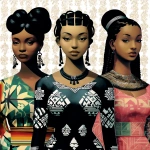


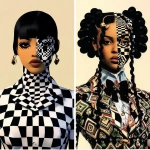

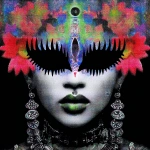
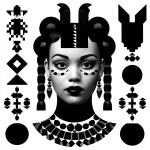

](https://images.ai-img.art/thumbnails/150/b07470b8f5aac844b40587574cf9ac68f4ac535df09a237d3d52a0a9190c9ca9.webp)
